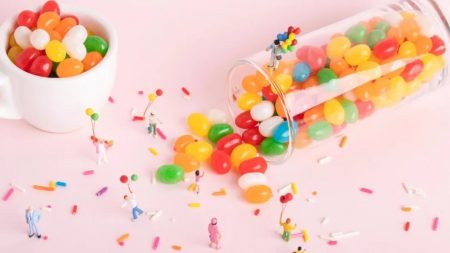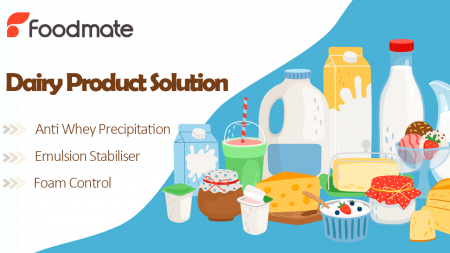-1-2-1024x683.jpg)
Whether it's the fluffy, cute flowers at the amusement park or the soft, bouncy little squares on the supermarket shelves. We can't resist the deliciousness of marshmallows! But what do you know about marshmallows? Let us take you into the world of marshmallows today!
The origin of marshmallows
Since about 2,000 years ago, the ancient Egyptians squeezed the juice from the roots of the plant marshmallow, used as a remedy for throat discomfort and digestive disorders and squeezed the juice from the roots of marshmallow, a plant used The juice was mixed with honey to form a throat candy. It was not until the early 19th century that marshmallow was introduced into France. French cooks discovered that the mucilage of marshmallow, when mixed with water and water, it formed a thick gel. So they invented the idea of mixing the mucilage of marshmallow The marshmallows were made by mixing the mucilage with sugar syrup, egg white and vanilla seeds.
Today's marshmallows, which originate from gelatin
In order to save costs and to facilitate mass production, the mucilage from Marshmallow has been replaced by gelatine, which as one of the main ingredients in marshmallows. Gelatine is used for fresh and safe bovine bones from cattle hides. After undergoing a series of processes After a series of processes, the gelatine is decomposed using catalysts such as alkalis, enzymes and acids. The peptide molecules are decomposed to form polymerised gelatine. The gelatine is then boiled at a specific temperature and After boiling at a specific temperature, the gelatine is concentrated and cooled to make gelatine strips. The gelatine is then boiled at a specific temperature, concentrated and cooled to make gelatine strips and finally turned into gelatine powder. To make marshmallows gelatine is melted in hot water. Sugar, starch, flavourings and colours are then added. This is then stirred vigorously with machinery A thick syrup is formed. It is then formed into different shapes in moulds.
Home Edition Marshmallow Making Process
1.Preheat the cornstarch in the oven at 100°C, then spread it flat on a table and set aside 70G of warm water to dissolve the gelatine powder. For the water 4G, add 3g of white vinegar and stir.
2.Put the water 100G, granulated sugar, glucose powder and maltose in turn into a saucepan and bring to the boil, turn down the heat and cook until 110℃. Take off the heat and cool to 80 ℃ . Add the dissolved gelatine powder. Add a drop of fruit juice concentrate.
3.Pour out of the pan into a mixing bowl with an electric mixer Blend quickly for 7 minutes until stiff peaks form. Add the blended white vinegar and mix well. Stir well and pour over the pre-spread cornstarch. Allow to cool for 8 minutes before pressing out your Use the moulds to press out your preferred pattern.


-450x253.jpg)


 Whatsapp
Whatsapp